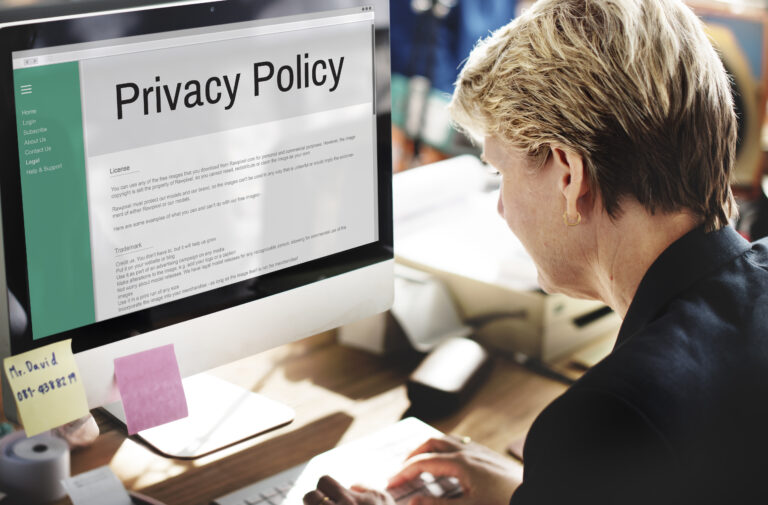Understanding Plagiarism in Review Papers
The world of academia takes plagiarism very seriously. The copying of others’ works without appropriate citation is not only unethical but can also harm a student’s academic career. But what about review papers? How much is too much? Let’s dive in and find out.
How Much Plagiarism is Allowed in Review Papers?
In most academic journals, the acceptable similarity percentage is 15%. If you’re hovering around 17%, you’re in the clear but should still exercise caution. Although journals conduct their own plagiarism checks, they evaluate the entire manuscript context and not just the similarity percentage. However, crossing a 20% threshold often raises red flags about the originality of the content.
Different Content, Different Tolerances
Understanding the acceptable plagiarism percentage often depends on the nature of the document:
| Type of Content | Acceptable Plagiarism Percentage |
| General academic writing | 15-20% |
| Essays | 20-25% |
| Thesis and dissertations | 5-15% |
| Published journals | 5%-15% |
| Research papers | 20-25% |
| Term papers | 15-20% |
Note: It’s vital to be aware of unintentional plagiarism. Sometimes, similarities can arise purely by coincidence or unknowingly echoing studied resources.
A Checklist to Avoid Plagiarism
Keeping your academic writing original requires vigilance. Here are some steps you can follow to ensure your content is plagiarism-free:
1. Avoid Direct Quotes and Paraphrasing
- Steer clear from directly lifting or rephrasing others’ thoughts.
- Instead, understand the essence from various sources and pen them in your unique style.
2. Proper Referencing
- Citing sources can be a challenge, but it’s vital to differentiate your work.
- There are various formats like MLA, APA, Chicago, and more.
- Online tools can assist in generating citations, ensuring your references are in order.
3. Proofreading
- Review your content thoroughly, looking for familiar phrases or unintentional copying.
- Enlist a friend’s help for a fresh perspective on your paper.
4. Enriching Vocabulary
- Avoid clichés by expanding your vocabulary.
- Reading more and noting new terms can help. Synonyms can also come in handy.
5. Scanning Texts with Plagiarism Checkers
- Before submission, use specialized tools like PlagiarismCheck.org to ensure content originality.
Conclusion
Plagiarism is a serious issue in academic writing, and understanding its nuances is crucial for students and professionals alike. While there are guidelines on acceptable percentages, the ultimate goal should be producing genuine and original content. By following the steps mentioned above, one can ensure their work stands up to the highest standards of academic integrity. After understanding plagiarism in review papers, learn various strategies to avoid it in your academic work.
Frequently Asked Questions
1. Is 25% Plagiarism Acceptable?
No, it’s not. Most journals and institutions only allow up to 20%. Ideal plagiarism levels in research papers should be between 0 and 10%, excluding cited references.
2. Can Review Papers Have Plagiarism?
Yes, they can. All parts of a thesis, including literature reviews, require plagiarism checks. Proper citation is mandatory to avoid plagiarism allegations.
3. What is Originality in Article Review?
Originality involves presenting unique content that reflects the author’s own insights and interpretations. In journals, it requires new contributions to the existing literature.







